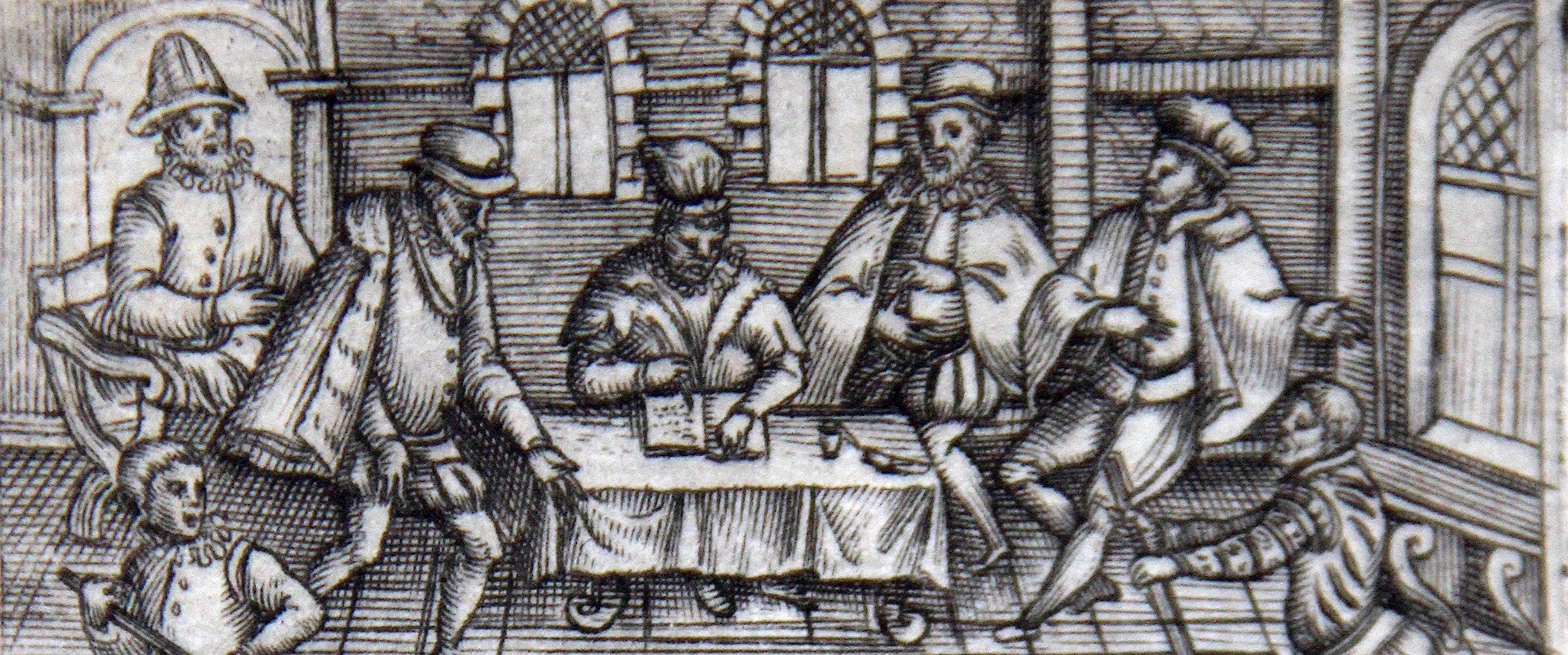A change of proceeding

Inability to communicate starts at ideological level: the surface hides a deep well of history and expectation.
The image comes from Richard Verstegan’s 1582 Praesentis Ecclesiae (courtesy of Stonyhurst College) and shows the theologians behind the torture of Edmund Campion on the rack in August 1581. Although Campion achieved his goal of public disputations, it was very one-sided. Campion relied on his incredible memory and language skills to be able to recall differences between editions of texts. But it was never going to be a even process as both sides were entrenched in their positions.
In 1561, when Nicholas Sander reported to Cardinal Morone at the Council of Trent on the treatment of Catholics in England (CRS vol.1) under the relatively new government of Elizabeth I the issue was not the content of the debate but the form.
Then the Catholics began to perceive that nothing was intended except that they were to be overcome by a constant change of proceeding while yet unprepared.
Expecting a formulaic legal debate, based on rules of logic and rhetoric, they were instead wrong-footed by “Lutherans” who fell to their knees and began to pray, by way of introduction to a prepared, written argument, thereby mixing devotion with discourse. The Bishop of Lichfield pointed out that
those about to dispute must at least agree on some points. There can never be a well regulated debate with one who denies everything.




Recent comments